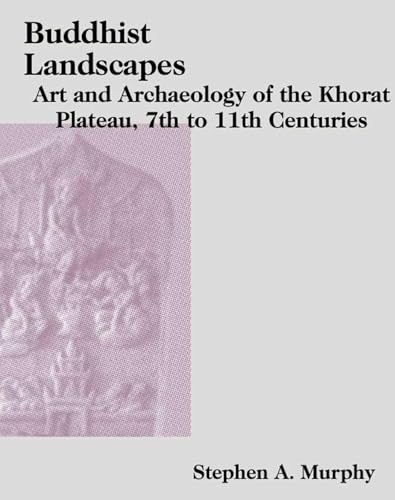via Archaeological Prospection, 13 Nov 2023: This paper by Wadsworth et al. discusses miscommunication in North American archaeological prospection, emphasizing the dangers of media sensationalism and fringe narratives. It highlights the misuse of archaeological findings in sensitive contexts, particularly unmarked graves and Indigenous sites. Two case studies are presented: denialism around unmarked graves at former Indian Residential Schools and the reinterpretation of Indigenous spaces in Graham Hancock’s “Ancient Apocalypse,” featuring pseudoarchaeological claims about Gunung Padang. Ironically, this article was published in the same journal that previously published a pseuodoarchaeological article about Gunung Padang. The paper advocates for managing misinformation through pre-bunking strategies and respecting Indigenous knowledge to combat pseudoarchaeological narratives.
In North America, archaeological prospection has recently undergone a surge in popularity, resulting in higher visibility for both scientific and fringe narratives. This has been partially due to increasingly sensationalized media articles that promote the use of technology to locate overgrown and subsurface features in the landscape. The heightened profile of the field and increasingly sensitive contexts in which it is applied (e.g., locating potential unmarked graves) has expanded the discipline beyond its usual settings where typical archaeological prospection rhetoric and narratives are applied. In this paper, we explore how the presentation of archaeological prospection can impact descendant communities and their burial and cultural spaces. We identify rhetoric, discourse and narrative as key considerations that have resulted in the twisting of interpretations to support fringe narratives. We present two case studies: (1) denialism surrounding unmarked graves at former Indian Residential Schools and (2) the reinterpretation of Indigenous spaces by Graham Hancock’s Ancient Apocalypse. We draw upon these seemingly disparate examples as evidence that ambiguity in scholarly communication and ‘certainty’ in fringe communication can both be used to the detriment of Indigenous and other descendant communities in various ways that we term pseudoarchaeological colonialism. Finally, we recommend strategies on how to disseminate results in non-harmful ways and confront the wrongful usage of archaeological prospection.
Source: Archaeological Prospection | Archaeological Journal | Wiley Online Library
























